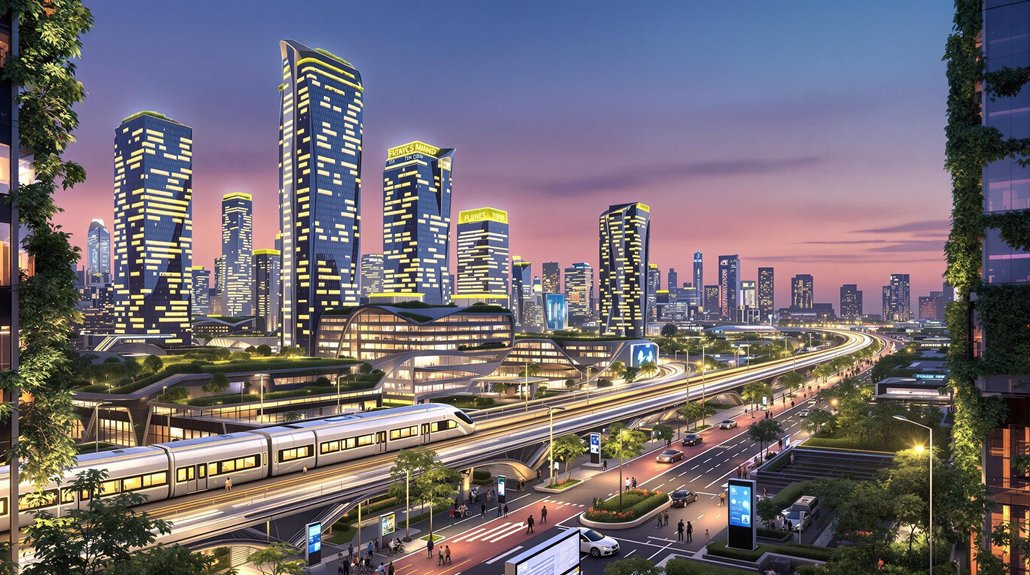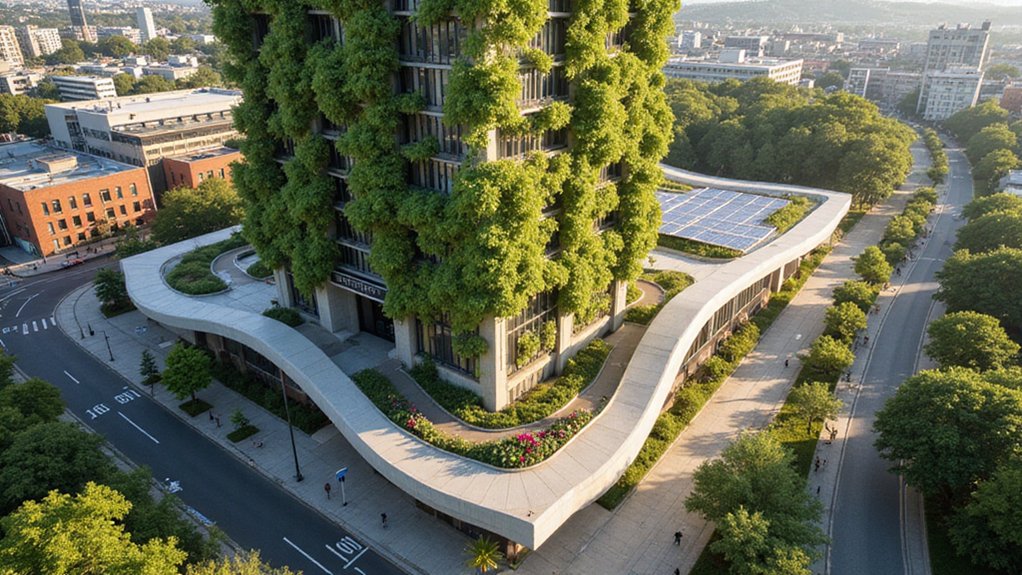Smart cities are transforming unsustainable urban environments through digital technology. They use IoT devices, AI, and sensors to collect real-time data about traffic, energy, and waste. This information helps city officials make better decisions to reduce congestion, lower emissions, and improve services. While challenges like privacy concerns and digital inequality exist, smart cities create economic opportunities and enhance quality of life. The future of urban living depends on these intelligent solutions.
As technologies continue to advance at rapid speeds, smart cities are emerging as the future of urban living around the world. These innovative urban areas use digital technology to collect data and improve services for residents. By combining information and communication technologies with Internet of Things devices, cities can enhance operations and improve quality of life for their citizens.
Smart cities rely on several key technologies. IoT devices gather real-time data across the city. Artificial intelligence analyzes this information to predict patterns and needs. Smart grids manage energy more efficiently. Sensors monitor environmental conditions and infrastructure health. All this data helps city planners make better decisions. The evolution from Smart City 1.0 to 3.0 has increasingly emphasized citizen co-creation models rather than top-down implementation.
Technology powers the smart city revolution, turning real-time data into actionable insights for better urban planning.
The applications of smart city technology touch many aspects of daily life. Transportation systems use real-time data to reduce traffic and promote shared mobility options. Energy networks balance supply and demand while incorporating renewable sources. Waste management becomes more efficient with IoT-enabled collection systems. Public safety improves through AI-powered surveillance and faster emergency response. Healthcare delivery expands through telemedicine and remote monitoring. Los Angeles County has implemented KITS Advanced Traffic Management to monitor over 250 intersections and streamline urban mobility.
Environmental benefits are significant in these urban centers. Smart cities reduce carbon emissions through optimized energy use. They monitor and improve air quality. Waste management becomes more efficient. Green spaces are preserved and expanded. Water resources are conserved through smart metering and leak detection. Leading nations like Denmark and Sweden are incorporating renewable electricity targets into their smart city frameworks, aiming for 100% clean energy within the next decade.
The economic impact is equally important. Smart cities create new jobs in technology and urban management. They boost productivity by streamlining services. Businesses and talented workers are attracted to these innovative environments. Cities save money through better resource management. Urban innovation and entrepreneurship flourish.
Challenges remain, however. Privacy concerns increase with more connected systems. Not all citizens have equal access to digital benefits. Infrastructure upgrades require large investments. Different systems don’t always work together smoothly. Some worry about over-reliance on technology.
Despite these concerns, the smart city market continues to grow, with projections reaching $2.57 trillion by 2025. As these technologies expand, they’re transforming how we live, work, and interact in urban environments.









